FLOCK AT SEA 2017 promises to be the largest ever group of people birding together over a period of several days. Peter Ryan considers what attracts thousands of birders from all corners of South Africa and beyond to gather for the mother of all pelagic birding trips.

THIS APRIL BirdLife South Africa’s annual ‘Flock’ gathering involves chartering a massive cruise liner to travel to the edge of the Agulhas Bank, south of Africa. The main aim is to search for oceanic seabirds that seldom venture close to the continent. Flock at Sea 2017 builds on the success of the event held in 2013, when some 1000 birders took a scheduled cruise from Cape Town to Walvis Bay and back. Despite the fact that the route hugged the coastline most of the way, sufficient birds were seen to convince the organisers that a dedicated seabird cruise is possible on one of these floating palaces.
Undoubtedly part of the appeal of a Flock at Sea is the opportunity to catch up with friends you might otherwise only see at the occasional twitch. But for most birders the main attraction is the chance to connect with some of the extralimital seabirds that are not usually seen during one-day pelagic trips – and to do so in considerably more comfort than from a small boat (albeit at the cost of not getting nearly as close to the birds). Most birders don’t have the opportunity to visit ocean ic waters and can only dream of seeing a Sooty Albatross, Grey Petrel or Leach’s Storm Petrel.
But pelagic seabirds are more than just another tick. They have a strong inherent appeal linked to their fascinating lifestyles as well as their inaccessibility. They are the most mobile organisms on earth, undertaking the longest migrations on record. Many species breed in impressive aggregations and their young spend several years at sea before they finally return to their natal islands to start the long process of finding a mate. Recent advances in technology have given us unprecedented insights into how pelagic seabirds manage to thrive in what is a fairly hostile environment for birds.
This story is from the March - April 2017 edition of African Birdlife.
Start your 7-day Magzter GOLD free trial to access thousands of curated premium stories, and 8,500+ magazines and newspapers.
Already a subscriber ? Sign In
This story is from the March - April 2017 edition of African Birdlife.
Start your 7-day Magzter GOLD free trial to access thousands of curated premium stories, and 8,500+ magazines and newspapers.
Already a subscriber? Sign In

footloose IN FYNBOS
The Walker Bay Diversity Trail is a leisurely hike with a multitude of flowers, feathers and flavours along the way.
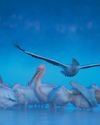
water & WINGS
WATER IS LIFE. As wildlife photographer Greg du Toit knows better than most.
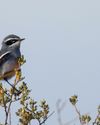
winter wanderer
as summer becomes a memory in the south, the skies are a little quieter as the migrants have returned to the warming north. But one bird endemic to the southern African region takes its own little winter journey.
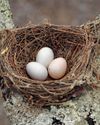
when perfect isn't enough
Egg signatures and forgeries in the cuckoo-drongo arms race
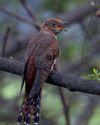
Southern SIGHTINGS
The late summer period naturally started quietening down after the midsummer excitement, but there were still some classy rarities on offer for birders all over the subregion. As always, none of the records included here have been adjudicated by any of the subregion's Rarities Committees.
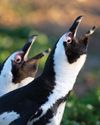
prey for penguins
To stem the African Penguin's slide to extinction, government support for optimal no-take zones around South Africa's penguin colonies is critical.
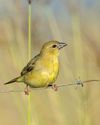
agrochemicals and birds
By the year 2050, it is estimated that 171 million more hectares of agricultural land will be needed to feed a global population of 10 billion people.
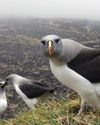
arrivals and departures
The Mouse-Free Marion Project is committed to ensuring that breeding seabirds can return to a predator-free Marion Island.
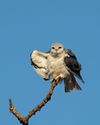
MIDRAND marvel
Gauteng birders don't need to travel far to get their feathery fix. Midway between Johannesburg and Pretoria, Glen Austin Pan has become a favourite patch for this returnee expat.
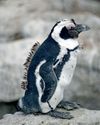
a journey through the mysteries of moult
As a bird researcher in South Africa’s botanically diverse fynbos biome, I have come to regard bird ringing as part of my journey to understanding moult.